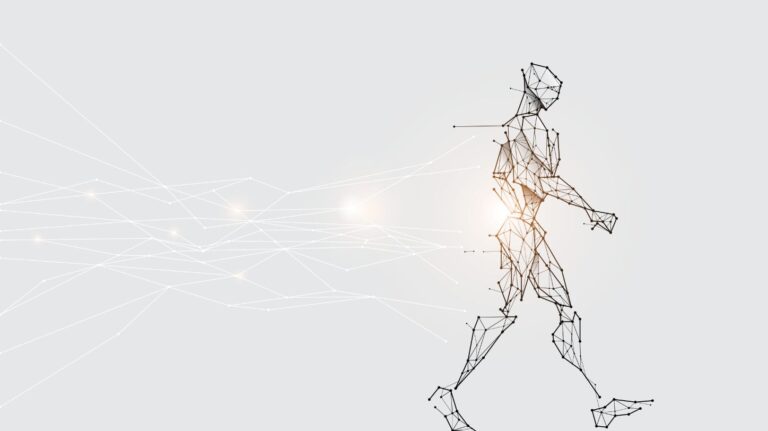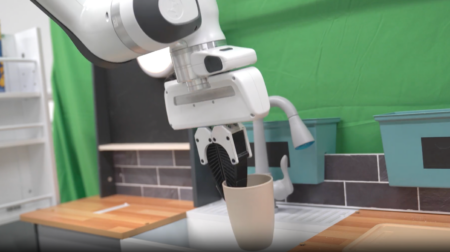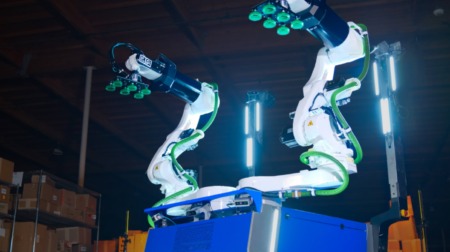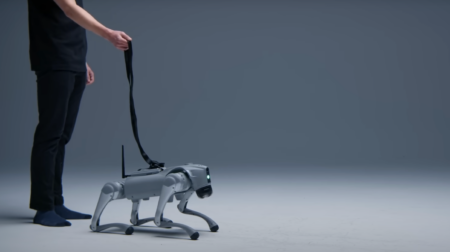A biomechanics model has been developed at Tohoku University capable of mimicking human walking patterns, potentially paving the way for robotic application.
The model replicated human-like walking at variable speeds using a musculoskeletal model. Steered by a reflex control method comparable to a rudimentary nervous system, the model has the capability to enhance locomotion in bipedal robotics.
Analysis of human neural circuitry, particularly those controlling the muscles in the leg swing phase, unveiled critical elements of energy-saving walking strategies.
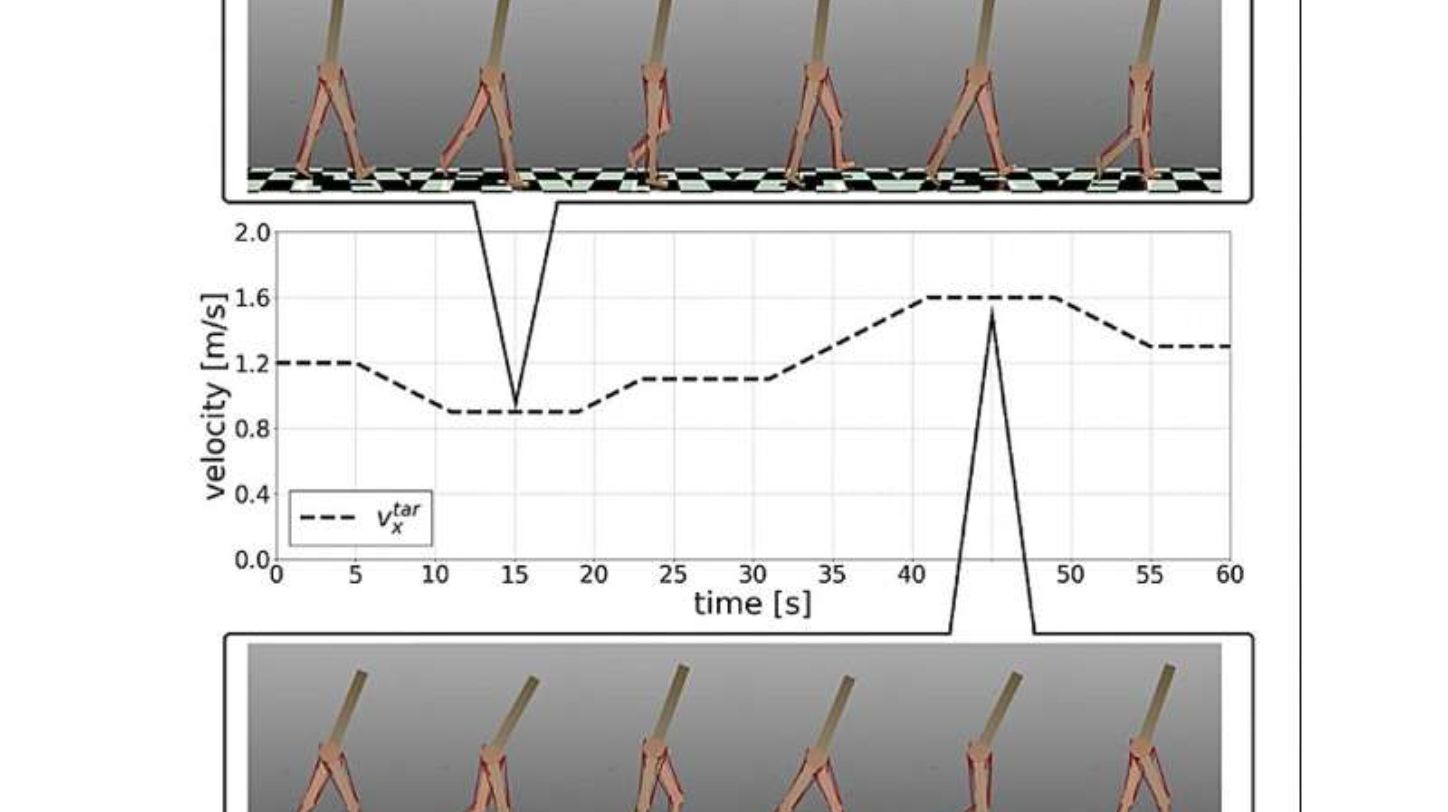
Modelling based on a schematic programme of possible walking patterns revealed how human neural network mechanisms underpin the human gait and enhance its effectiveness, according to the research team.
The team hope to refine the model’s reflex control framework to recreate broader range of human walking speeds and movements in the future.
Dai Owaki, study co-author and associate professor, said: “The successful emulation of variable-speed walking in a musculoskeletal model, combined with sophisticated neural circuitry, marks a pivotal advancement in merging neuroscience, biomechanics and robotics.
“It will revolutionise the design and development of high-performance bipedal robots, advanced prosthetic limbs and state-of-the-art- powered exoskeletons.”


